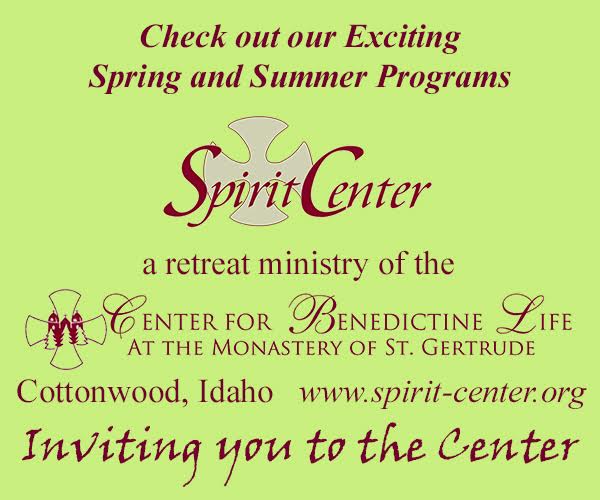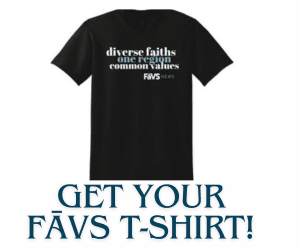Apology from U.S. Catholic bishops falls short for traumatized Indigenous families
Commentary by Becky Tallent | FāVS News
On June 14, U.S. Catholic bishops apologized for the mistreatment and trauma caused through the church’s role in American Indian boarding schools.
While the apology is all well and good, it is very little and very late for thousands of Indigenous families in America.
In the past, some people have decried my characterization of long-term trauma felt by Indigenous families due to treatment by both the federal government and various churches as overstated. But it is true: Families today still feel the trauma inflicted on their ancestors thanks to the insistence of sending Native children to boarding schools.
The main purpose of Indian boarding schools was to strip away the children’s own culture, to make them “more American.” The famous quote by Carlisle Boarding School founder Capt. Richard H. Pratt that the schools were meant to “Kill the Indian and save the man” hints at the brutality used to “cultivate” the children.
U.S. legacy of hatred to the Indian
In 1892, General Philip Sheridan encouraged Pratt’s ideals when he said “only good Indian is a dead Indian.” Both men’s attitudes seem to justify the long legacy of hatred, beatings, rapes and physical torture inflicted on the children. Throughout the Indian boarding schools, Indigenous children were often treated as animals rather than humans. It is no wonder many of the child ran away from the nearly 500 boarding schools, nearly 100 owned by the Catholic Church.
In the schools, boys were made to cut their hair (a sacrilegious concept to Indigenous men) and no child was allowed to speak their native language. It is no wonder so many of the Indigenous languages are disappearing. The children were supposed to be taught trades, but they were only taught “trades” that kept them subservient to the white population: cooking and mechanics for the boys, housekeeping for the girls.
The children who survived — many committed suicide and we now know many were murdered at the schools — went home broken, growing up in a divided world that often led them into alcohol or drug dependence. Many were unable to act as parents to their own children due to their own psychological and physical traumas.
It should be noted that some children just disappeared, leaving their families to question and mourn without being able to bury them. In the past few years, hundreds of graves have been found at the schools holding the bodies of many of those missing children.
Words cannot change the past
In their 56-page apology, the Catholic bishops acknowledge the long-term trauma inflicted on the children and their families.
“The family systems of many Indigenous Peoples never fully recovered from these tragedies, which often led to broken homes harmed by addiction, domestic abuse, abandonment, and neglect,” the bishops wrote. “The Church recognizes that it has played a part in traumas experienced by Native children.”
The document actually falls short of acknowledging the sexual abuse inflicted on the children, nor does it mention the children murdered at these schools. It does say the church sheltered Alaska Native children left orphaned after an epidemic, but research shows those children, too, were subjected to abuse.
Having the words in writing can help some, but for many more Indigenous families it will be a very small bandage on a very large wound. There are no words or amount of money to change the past. The crimes committed against Indigenous people were real and are still felt. There are Indigenous people still alive who suffered at the hands of these schools. They and their families continue to feel the pain.
What could happen is a change in attitude, starting with the church and moving out into society, that Indigenous people are indeed human beings. Treating Indigenous people with respect, acknowledging their contributions to society and everyone involved — both churches and the U.S. government — finding ways of healing the individuals and families involved.
Until then, the words may be pretty, but they cannot remove the pain.
The views expressed in this opinion column are those of the author. They do not necessarily reflect the views of FāVS News. FāVS News values diverse perspectives and thoughtful analysis on matters of faith and spirituality.









